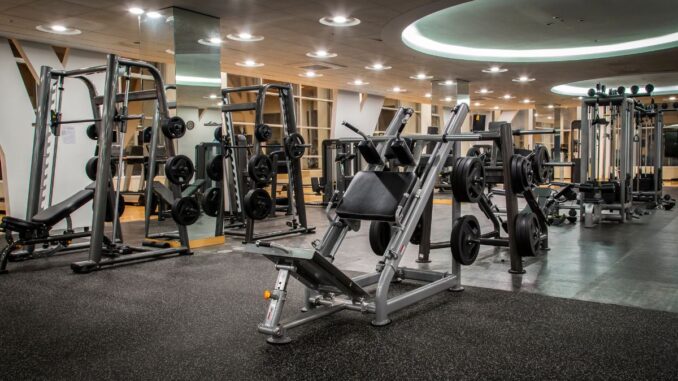
Whether you’re a fitness fiend or just starting your journey, it’s easy to appreciate the value of workout equipment in achieving your health goals. But even as these tools become more popular, many people can still experience injuries while using gym equipment. Read on to learn some key aspects of workout equipment risks and how to avoid them in future workout sessions.
1. Incorrect Technique or Form
One of the most common workout-equipment risks stems from using improper techniques or forms. Using the wrong form increases the risk of muscle imbalances, strain injuries, and even long-term harm to your body. Prevent these problems by understanding how to use each piece of equipment and respecting your body’s limitations.
Each exercise machine has various conditions for its use and involves a proper way of using it. If you receive your gains from a home exercise bike, it’s important to use proper form to avoid back pain on the spin bike. Additionally, take advantage of mirrors to watch your form as you exercise and adjust accordingly.
2. Equipment Malfunctions
Unfortunately, even high-quality equipment may have unexpected malfunctions. These issues may range from minor issues, such as misaligned pulleys, to more severe instances, such as snapping resistance bands or broken weight stacks.
Regularly inspect your equipment for signs of wear and tear and make necessary repairs or replacements. When using gym equipment, be aware of maintenance schedules and follow them diligently.
3. Overuse Injuries
When you’re highly dedicated to your fitness routine, pushing yourself to and beyond failure is tempting, but doing so can result in overuse injuries. These injuries often occur from repetitive stress on specific muscle groups, joints, and tendons and lead to chronic pain or long-term damage.
Make sure to balance your workouts with active rest days, engage in cross-training to avoid overusing particular areas, and pay attention to your body’s signals. If you experience pain or discomfort during or after a workout, give yourself time to rest and recover, and avoid workout equipment risks that could worsen the injury.
4. Insufficient Warm-Up and Cool-Down
When using workout equipment, it’s easy to overlook the importance of warming up beforehand and cooling down afterward. Neglecting these crucial steps leads to muscle stiffness, cramps, and a higher risk of injury when using equipment that involves intense workouts.
Always allocate time at the beginning of your workout session to engage in a proper warm-up, such as dynamic stretches or light cardio exercises. Similarly, allow for a cool-down period, including static stretches or low-intensity activity, to help safely transition your body back to its resting state.
